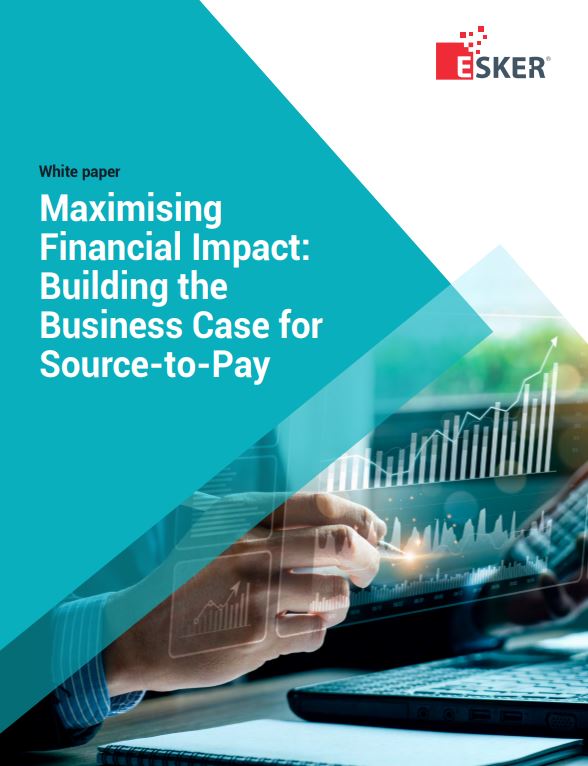Certification organisation Underwriters Laboratories (UL) has adopted a standard for data centre efficiency, which attempts to measure the performance of servers in transactions per Joule.
The PAR4 measure has been produced by infrastructure management company Power Assure, and apparently gives a figure for the number of transactions a piece of equipment produces for every Watt-second (a measure of energy equivalent to a Joule) supplied, to allow data centre owners to better predict cost of ownership of their systems.
How does this fit with other measures?
 However, details of the Par4 standard are scant so far, and it is not at all clear how it relates to existing standards, which already include the SPECpower measure from the Standard Performance Evaluation Corporation(SPEC), which has been measuring server performance in standardised “ssj_ops” transactions per Watt since 2007.
However, details of the Par4 standard are scant so far, and it is not at all clear how it relates to existing standards, which already include the SPECpower measure from the Standard Performance Evaluation Corporation(SPEC), which has been measuring server performance in standardised “ssj_ops” transactions per Watt since 2007.
SPECpower is part of the Energy Star programme for servers, which has backing from the US government’s environmental protection agency (EPA).
We do not have any response yet from SPEC, or other agencies already working in the field of data centre efficiency, such as the Green Grid and the BCS, which is a major player behind the EU code of conduct for data centre efficiency.
Already there is potential for confusion amongst the measures available, and the Green Grid has said it wants to develop a measure for the efficiency of servers, within its Data Centre Maturity Model alongside whole-data-centre measures such as PUE, and other measures like CUE and WUE which cover carbon intensity and water usage by data centres.
While the Green Grid’s PUE determines how much power is wasted on the way to the server, PAR4 measures how much work is done – in terms of transactions – by that power when it reaches the server.
According to the Power Assure release, PAR4 “factors in the age of IT equipment” to create a rating which represents transactions per Watt-second of energy consumption. “This number will be higher with every generation of equipment as their capacity, performance and capabilities increase,” the release says. “A higher number represents a higher level of performance per watt.”
The Par4 release does not specify how this measure is calculated, only describing a set of standard tests:
- Power On Spike Test measures the initial power surge when a device is plugged in and switched on
- Boot Cycle Test measures the time from when a system is switched on to achieving stability in an idle state
- Benchmark Test classifies the overall performance of the server in three categories from green (the most efficient), through gold and silver, down to black.
PAR4 has emerged alongside version 4 of Power Assure’s power management software, and Power Assure has said that companies including Intel, Dell and Cisco are planning to adopt the measure.
Underwriters Laboratories, which has previously focused on product safety standards, is adopting PAR4 under the name UL2640 to measure server performance. “UL is giving data centres a powerful new view into measuring and rating a core part of its infrastructure: server performance,” said Kevin Ravo, general manager, technology and regulations, high tech business, at UL.
“Encouraging industry usage of a universal measurement and reporting methodology for evaluating server efficiency is a significant step in helping to reduce data centre costs and improve equipment quality.”





